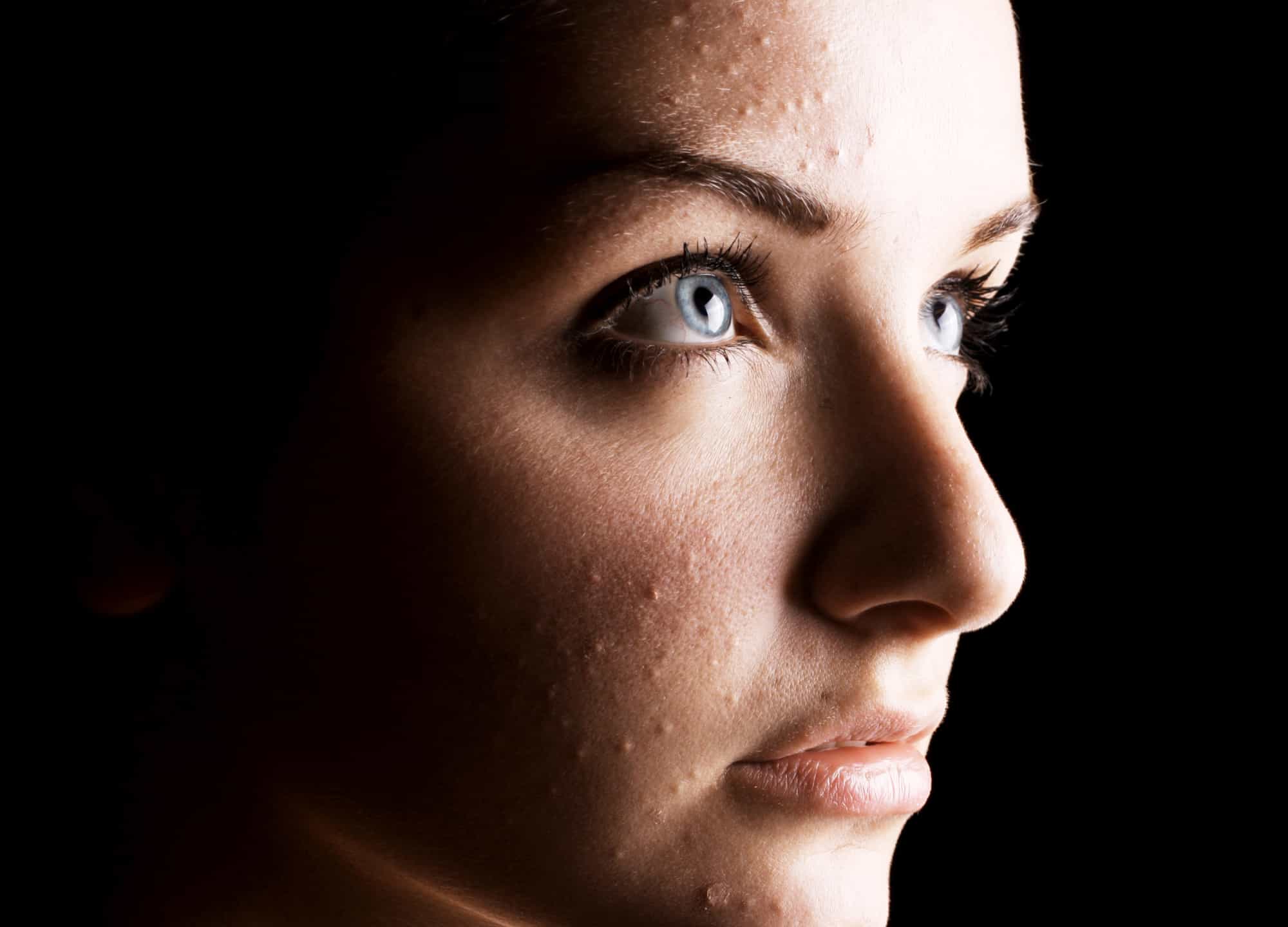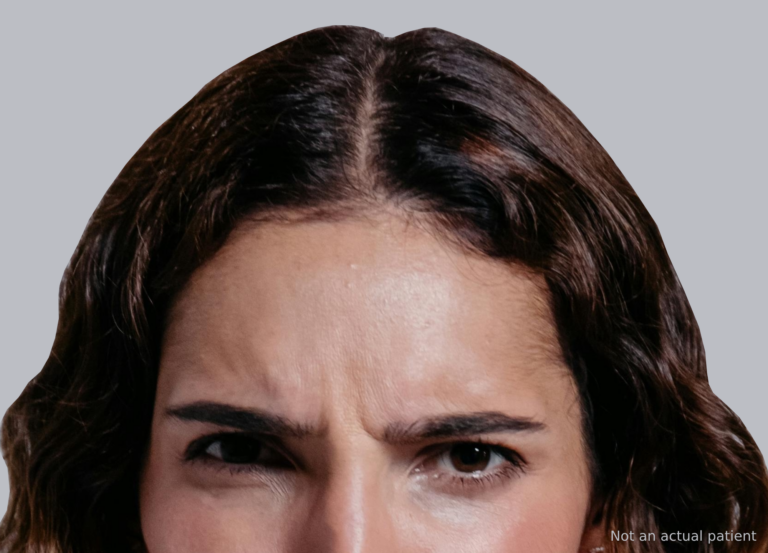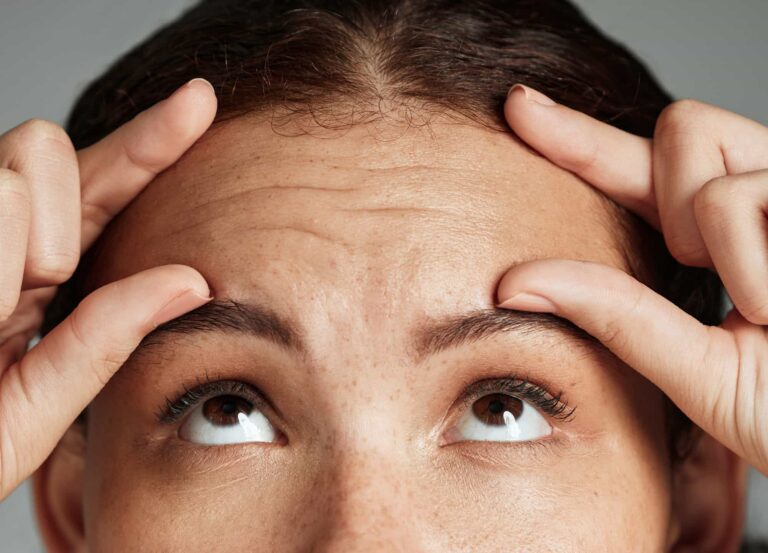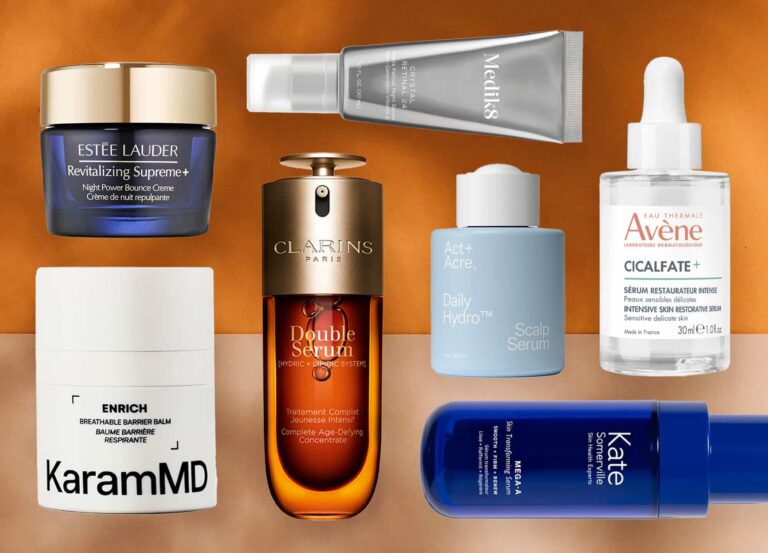Featured Experts
Dr. Omer Ibrahim, a board-certified dermatologist in Chicago
Dr. Marina Peredo, a board-certified dermatologist at Skinfluence NYC in New York City
The best thing about springing for an in-office skin treatment is the result: smoother, brighter, or firmer-looking skin—or all of the above, if you’re lucky. That might be why it feels so discouraging to see pimples pop up after dealing with the hassle, expense, and occasional discomfort of a procedure like laser resurfacing or microneedling. Breakouts can always be a bummer—even more so if you’ve just made a major investment in your skin.
The good news is that it’s not just you—and it’s temporary. If you experience a flare-up of acne after your procedure, there’s a high chance you’re dealing with skin purging, in which skin (literally) purges the gunk buried deep within it. Unless you have chronic acne, it’ll eventually heal—especially if you’re aware of how best to care for it. With that, here’s what you need to know.
What is skin purging?
For those who have yet to experience it firsthand, “skin purging is a temporary process where you experience a breakout or a worsening of existing acne in response to starting a new skin treatment or introducing certain active ingredients into a skin-care routine,” says Dr. Marina Peredo, a board-certified dermatologist in New York City. Purging often occurs with the introduction of topical products that enhance skin cell turnover, like retinoids and chemical exfoliants.
But skin purging can also result from any kind of intervention—including in-office procedures. And you don’t necessarily have to be in the thick of an acne flare-up to experience it. People who are prone to acne but haven’t had a breakout in years can still have skin purging, according to Dr. Omer Ibrahim, a board-certified dermatologist in Chicago.
It can be tough to discern the difference between an average breakout and skin purging from looks alone—although this depends on the exact cause. If you’re starting to use retinoids, the resultant purge “usually mimics the acne one is already struggling with,” says Dr. Ibrahim. However, purges related to procedures can look a little different. “They can cause dozens of tiny pinpoint pustules that are more superficial and less angry looking,” he says.
What procedures can cause skin purging?
In addition to procedures that increase the rate of cell turnover—thus bringing zits to the surface of skin more quickly than their usual pace—others can also contribute to purging in different ways. These are the most common offenders.
Laser resurfacing
If you got a laser resurfacing treatment to brighten and firm skin, you just might experience a post-procedure breakout. The theory is that the laser can cause dryness and lack of moisture on the skin, and “as such, your skin ramps up oil production that leads to acne formation,” says Dr. Ibrahim. There’s another possibility at play here too. “The simple inflammatory response of the procedure may cause a ramp-up in acne in those already prone to it,” he says. After all, most lasers work by creating controlled injuries in skin to spur wound healing, which, incidentally, increases inflammation in skin.
The type of laser treatment you get can also factor in. “All laser treatments can trigger acne or an acne-like reaction, but it is much more common with fractional resurfacing lasers,” says Dr. Ibrahim.
Microneedling
Similar to laser resurfacing, microneedling can also contribute to skin purging, says Dr. Peredo.
While microneedling can help with breakouts overall, “it can also cause temporary acne and purging because the device’s needles penetrate the skin,” she explains. “The skin penetration will accelerate skin-cell turnover, bringing the acne to the surface.” The resulting inflammation can also play a role.
Chemical peels
Chemical peels can be a fantastic treatment for stimulating new collagen, addressing acne scars, and lightening postinflammatory hyperpigmentation—so it’s par for the course that you might get one if you have acne-prone skin. The downside is that skin purging is a very normal side effect of the treatment, according to Dr. Peredo—which might (temporarily) undo some of the benefits.
Medical-grade facials
Unlike your typical spa facials, which start with cleanser and end with a mask, medical-grade facials use high concentrations of active ingredients and often include microdermabrasion, ultrasound, microcurrent, and other energy devices; these could inadvertently contribute to skin purging.
For instance, HydraFacial and DiamondGlow incorporate active ingredients like retinol and alpha hydroxy and beta hydroxy acids, which “can speed up cell turnover, causing your skin to purge,” says Dr. Peredo. Ultimately, she says, “your skin is reacting to the overexfoliation and ridding all of the excess sebum, flakes, and buildup that clog pores.”
What you can do about skin purging
Bad news first: once the purging starts, “there’s not much to do to make it resolve faster,” says Dr. Peredo. But she does recommend avoiding any harsh treatments or ingredients that might further dry out your skin, since they can make your skin worse instead of better—effectively exacerbating your breakouts.
One exception is using a mild benzoyl peroxide wash once a day, according to Dr. Ibrahim (who emphasizes that it needs to be gentle). That can help clear acne-causing bacteria from skin. He recommends looking for a cleanser with a maximum concentration of 5%—versus the highest amount available over the counter, which is 10%—and using it once a day at most.
If you have acne-prone skin and know you tend to experience skin purging (or, let’s say, you’ve experienced purging after your first microneedling session in a series), you can use this wash ahead of your next treatment, to minimize the risk. And if you’re really concerned about it, “low-dose oral antibiotics like doxycycline may be used to prevent purges,” says Dr. Ibrahim. While skin purging is hard to avoid entirely, taking a few preemptive steps can help give you the results you want, sooner—and you won’t have to wait for a breakout to clear up.











